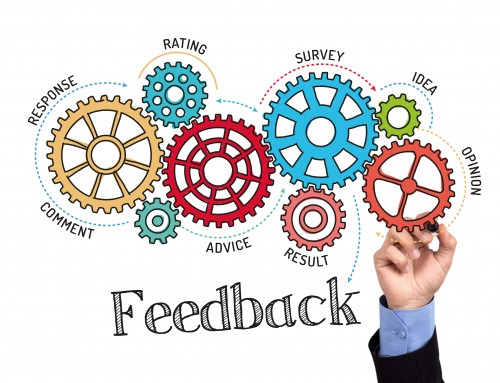Marketing Automation may take many forms – from cloud-based email blasting tools, to CRM systems, to web capture forms and and lead-scoring. Each form of marketing automation has its place, but it is important to keep in mind that marketing automation can’t correct for bad marketing alignment in the first place. If your target audience, content, and marketing channel aren’t in sync, then no amount of marketing automation can really help you.
Further, if you are not a marketer, or at least don’t possess good marketing instincts, marketing automation tools won’t get you to your goal. Your automation system can’t really help you break-down the walls that exist between you and your prospect. That has to come from great thinking on content, design and delivery from the marketer.
It would also be unwise, in a B2B setting, to rely too heavily on marketing automation to anchor your demand gen process. Typical marketing automation tools tend to rely heavily on email interactions, and consequently, you will be working with the 10% to 20% yields that are typically available via email. But add telemarketing to this mix, and now you can engage an incremental 25 to 30% of your audience. Add a social media and/or a web presence with a campaign to drive web traffic and you can increment your prospect engagement levels even further.
So a best practices approach might include multiple methodologies. Here are some examples that can make sense:
A CRM system integrated to your eblasting tool, so you get cross-fertilization between email marketing and telemarketing. For example, your outbound telemarketing activities will tend to find anywhere from 15 to 30% referral contacts, that can then become cornerstone email addresses for your email campaign. Conversely, email click-thrus and opens can be moved into priority calling queues, as they are pre-identified as having topic-interest.
A web system that features lead-scoring and integration into your CRM system. Depending on your volume of lead traffic, lead scoring may be very important in helping you prioritize leads for call follow-up. High priority leads may flow directly to Inside Sales, while lower-scored leads may go into the email database for keep-in-touch campaigns. It’s worth noting, however, that many small to mid-size organizations aren’t really generating the lead volume to take full advantage of the benefits of lead scoring. Lead scoring is essentially a stratification of your lead flow, so that higher priority leads can be treated differently than lower priority leads. But if you don’t have much lead volume to begin with, lead scoring isn’t going to be a priority for you.
At Xactlyit, we recommend you start your marketing automation process from the CRM system, and then radiate out from there with integrated tools as your business and marketing processes may dictate. Pulling your marketing interactions into a framework that can be used by Inside and Outside Sales is critical for the long-term success of marketing in the organization, so being CRM-centric is a best-practice approach.





Leave A Comment